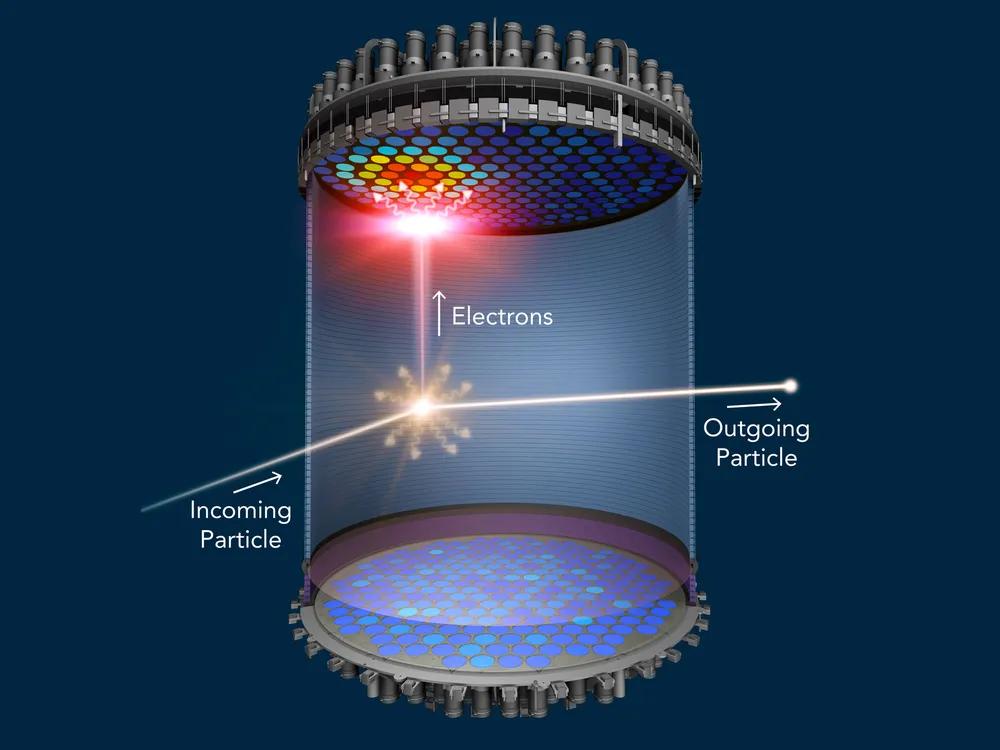

Seshivardhini Dulam
Class of 2024bhupalpally, telangana
About
Hello! My name is Seshivardhini Dulam, and my Polygence project is on *Detecting Dark Matter: Exploring WIMP Interactions and Background Noise Mitigation in the LUX-ZEPLIN Experiment*. I chose to work on this project because of my passion for understanding the mysteries of the universe and my interest in contributing to cutting-edge research in astrophysics and quantum field theory. After my project is complete, I would like to further explore experimental physics and theoretical frameworks to contribute to advancements in the field of dark matter detection.Projects
Project Portfolio
Detecting Dark Matter: Exploring WIMP Interactions and Background Noise Mitigation in the LUX-ZEPLIN Experiment
Started Sept. 11, 2024

Abstract or project description
The LUX-ZEPLIN experiment is a cutting-edge dark matter detector that endeavors to detect weakly interacting massive particles (WIMPs), long-sought as one of the prominent dark matter candidates. Located in the deep underground Sanford Underground Research Facility, it uses the biggest liquid xenon detector yet to capture rare interactions between dark matter particles and xenon atoms. This experiment hopes to differentiate between dark matter signals and background noise by detecting the light and electrons associated with these interactions, as one of the most sensitive experiments in search of dark matter, improvement in the shielding and analysis systems could provide new perspectives on the universe's unseen matter. This paper compares the LUX-ZEPLIN (LZ) dark matter detector with other detection technologies - in particular, solid-state detectors and liquid noble gas detectors. The critical analysis is set in motion by a detailed characterisation of the novel working principles of the LUX-ZEPLIN detector, pointing out the dual-phase xenon time projection chamber as a highly sensitive method for detecting Weakly Interacting Massive Particles, which is one of the leading candidates for dark matter. The paper compares LZ with solid-state detectors and other liquid noble gas systems, underlining the benefits that come with using a liquid xenon target, especially a very large target mass and the capability to distinguish between nuclear and electronic recoil events.
It delves deep into what makes LUX-ZEPLIN sensitive to dark matter interactions, including the sensitivity aspects that arise from background noise that is exceptionally low and placement deep underground at Sanford Underground Research Facility, improving the detection capability. The article details how cross-sections, especially the spin-independent WIMP-nucleon cross-section, are important and how precise measurement of these interactions plays a crucial role in refining dark matter search.
The paper also displays the latest experimental results from LZ, including limits set on interaction rates of WIMP, and prospects for increasing sensitivity and detection limits. These results show that LUX-ZEPLIN is going to be one of the most promising tools for further understanding dark matter, so one may really say it was worth developing.